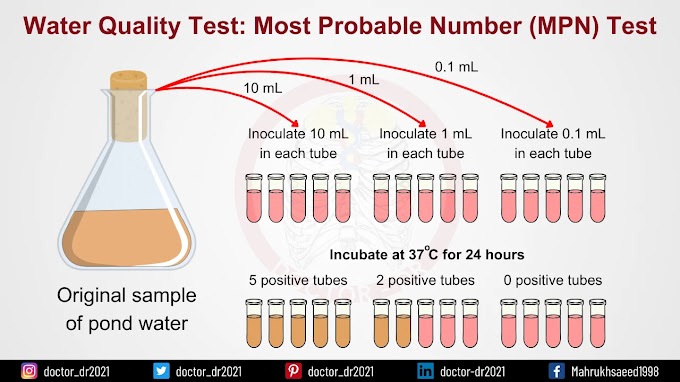Imagine the possibility of treating chronic wounds faster and more effectively using personalized skin grafts derived from a patient's own skin cells. This groundbreaking vision is inching closer to reality thanks to a revolutionary new technique developed by scientists at the University of Surrey.
3D Printing Revolutionizes Skin Grafting:
This technique utilizes electrospinning, a process that manipulates electric fields to create 3D scaffolds from a solution containing gelatin and polyaprolactone (PCL), a biocompatible polymer. Unlike previous methods that could only produce flat films, this innovative approach allows for the direct generation of 3D structures – a significant leap forward.
Enhanced Cell Growth and Viability:
The 3D scaffolds generated through this technique offer a superior environment for skin cell growth compared to traditional methods. Studies have shown that cells grown on these 3D structures exhibit double the viability compared to those grown on 2D films or even the previously preferred option, plasma-treated polystyrene.
Benefits and Future Applications:
This exciting development holds immense promise for the future of personalized medicine. Here are some key benefits:
- Faster and more effective treatment of chronic wounds.
- Reduced risk of rejection as the grafts use the patient's own cells.
- Scalable and cost-effective production of the 3D scaffolds using electrospinning.
But the potential goes beyond skin grafts. Dr. Vlad Stolojan, a researcher involved in the study, highlights the broader applications: "Electrospinning is extremely adaptable... This technique could one day create artificial skin, bone, and cartilage too."
A Step Towards Personalized Regeneration:
This groundbreaking research paves the way for a paradigm shift in treating various medical conditions. By harnessing the power of 3D printing and personalized medicine, scientists are creating a future where regenerative treatments are tailored to individual needs, offering hope for improved patient outcomes and a healthier future.

~1.webp)





